There have been many different takes on Spider-Man, something that's inspired movies like the upcoming Spider-Man: Across The Spider-Verse Part One. However, for every fondly remembered Spider-Man story that broke new ground, there were comics that caused intense backlash.
Whether it's through one part of the story or the entire narrative, Spider-Man comics often feel like roller coasters, complete with plenty of ups and downs. Some Spider-Man comics ended up being so controversial that they forever scarred the web-slinger's long-running history in Marvel Comics.
10 Civil War Ruined Its Own Potential With Spider-Man
Created by Mark Millar, Steve McNiven, Dexter Vines, Chris Eliopoulos, Morry Hollowell, Molly Lazer, Aubrey Sitterson, Andy Schmidt, and Tom Brevoort
In general, Civil War as a comic event divided readers, which was arguably Mark Millar's intention. The event caused many Marvel heroes to make decisions that didn't fit their character, including Spider-Man revealing his identity to the world.
Such an action was bold, especially for a character who held his identity secret for so long. Having a secret identity had always been a pivotal part of Spider-Man's outlook. Civil War could've changed Spider-Man stories forever, but sadly, Aunt May being hospitalized by Peter's enemies began an unpleasant downward spiral for the web-slinger.
9 Not All Fans Accepted Miles Morales In Revival
Created by Brian Michael Bendis, David Marquez, Justin Ponsor, Cory Petit, Emily Shaw, and Mark Paniccia
Sometimes a story becomes wrongfully controversial, such as Miles Morales' introduction as the new alternate Spider-Man in Revival. Not only did fans grieve Ultimate Peter Parker's death, but now they had to adjust to Peter's replacement.
Concerning Miles Morales' Spider-Man, fans were split. Some defended Miles and wanted to give him a chance, while others resorting to boycotting. Fortunately, Miles would soon win over fans' hearts and become as iconic as Peter Parker. Miles even received his own movie in 2018 and a standalone video game in 2020.
8 The Night Gwen Stacy Died Showcased Why Responsibility Is Important
Created by Gerry Conway, Gil Kane, John Romita, Tony Mortellaro, David Hunt, and Roy Thomas
Today, the story featuring Green Goblin killing off Peter Parker's love interest Gwen Stacy is recognized as a pivotal moment in Spider-Man's history and one of the Green Goblin's most iconic stories. However, that wasn't the case back in 1973.
Gwen Stacy's death made readers furious that the writers would kill off such a likable character. This was before a notable character's death became a more normal occurrence in Marvel's comics. Now, "The Night Gwen Stacy Died" is famous for paving the way for Spider-Man's character to learn from his pain and never forget his responsibilities.
7 Anne's Death In Venom Through The Looking Glass Made No Sense
Created by Howard Mackie, Erik Larsen, John Beatty, Gregory Wright, Richard Starkings, Troy Peteri, and Ralph Macchio
Comics are sadly infamous for killing or wounding women in order to make a hero or villain become even more filled with angst. The Amazing Spider-Man Vol. 2 #19 encapsulates that overused trope. Rather than forming a genuine reason for Eddie Brock to hate Peter Parker, the writers killed off Brock's ex-wife, Anne Weying.
Traumatized by her time as a temporary host for Venom, Anne ended her own life. This plot point felt inconsistent with Anne's previous character. This choice was clearly meant to make Eddie angry at Spider-Man, but it came off as forced and contrived, leading to a distasteful death.
6 Mark Millar's Trouble Comes Off As An Adult Parody Of Aunt May
Created by Mark Millar, Frank Cho, Terry Dodson, and Rachel Dodson
The story known as Trouble is an example of Mark Millar's many questionable decisions with Marvel. It tells the story of Aunt May, Uncle Ben, Mary Parker, and Richard Parker as young adults; it should have been a simple love story but ended up being scandalous.
Thanks to an unnecessary love triangle, Trouble hinted that May Parker could be Peter Parker's biological mother. Perhaps Millar thought this would be a cute way to explain why May acts like a perfect maternal figure for Peter, but the comic is cringe-inducing more than anything.
5 Dying Wish Made A Bold Move That Shocked Fans
Created by Dan Slott, Humberto Ramos, Richard Elson, Victor Olazaba, Chris Eliopoulos, Edgar Delgado, Antonio Fabela, and Stephen Wacker
Superior Spider-Man would become fondly remembered later on, but his initial introduction would prove shocking. A dying Doc Ock swapped his consciousness with Peter's, leading to Peter dying in Otto Octavius' body and Otto possessing Spider-Man's body.
Already being a macabre concept, Peter Parker's rather morbid death was so quick and unceremonious that the story felt jarring at first. Fortunately, Peter Parker would end up returning later on, and Otto grew to become a flawed but genuine Spider-Man.
4 Reign Wasn't The Next Dark Knight Returns
Created by Kaare Andrews, Jose Villarrubia, Chris Eliopoulos, and Rus Wooton,
The idea of a veteran Peter Parker struggling with Spider-Man's life in the same vein as Frank Miller's The Dark Knight Returns could have worked. Reign could have been Spider-Man's equivalent to Old Man Logan, but instead, it's far too tragic for the character.
Reign ended up including a story-ruining twist that negated any potentially interesting ideas. Peter Parker essentially killed Mary Jane by being intimate with her, causing her to suffer from radioactive poisoning. Needless to say, that revelation took things way too far.
3 The Clone Saga Lives In Infamy Because Of Its Ambition
Created by Terry Kavanagh, Joey Cavalieri, Todd Dezago, J. M. DeMatteis, and Tom DeFalco
Spider-Man's Clone Saga adventure is a wild one featuring his own clone Ben Reilly (the Scarlet Spider), the Jackal, ties back to Gwen Stacy, and more. The Clone Saga threw everything at the wall to see what would stick and for every aspect that stuck, another fell to the floor.
To a degree, The Clone Saga could be considered admirable with how ambitious it was, mainly since it introduced Scarlet Spider to the Marvel universe. At the same time, other sequences such as Peter striking a pregnant Mary Jane result in a mixed bag of an event that even defenders admit carried on for too long.
2 Sins Past Disgusted Fans With How It Treated Gwen Stacy
Created by J. Michael Straczynski, Mike Deodato Jr., Joe Pimentel, Matt Milla, and Cory Petit
Marvel effectively ruined Gwen Stacy's death with one twist in a nearly universally hated Spider-Man comic. According to Sins Past, Gwen Stacy had been having an affair with Norman Osborn before her death, which led to her conceiving villainous twins.
This made Gwen look less innocent, and readers considered the panels that showed the two being intimate to be disgusting. Then somehow, Gwen's twins aged faster than regular humans, and they became villains who blamed Peter for their mother's death. Sins Past created continuity confusion to the point of frustration.
1 Many Consider One More Day The Worst Spider-Man Comic
Created by J. Michael Straczynski, Joe Quesada, Danny Miki, Chris Eliopoulos, Richard Isanove, Dean White, Axel Alonso, and Daniel Ketchum
One More Day. attempted to retcon Spider-Man's entire timeline by having Peter and Mary Jane sell their marriage to Mephisto in order to save a hospitalized Aunt May. What could have been an intriguing and thought-provoking comic became the opposite.
Not only did the act of sacrificing their love feel uncharacteristic for both Peter and Mary Jane, but the aftermath of their decision also led to more questions than answers. Peter and MJ's entire relationship being tossed away with little to no effort made it seem as if their years of development meant nothing to the writers at Marvel or to each other.

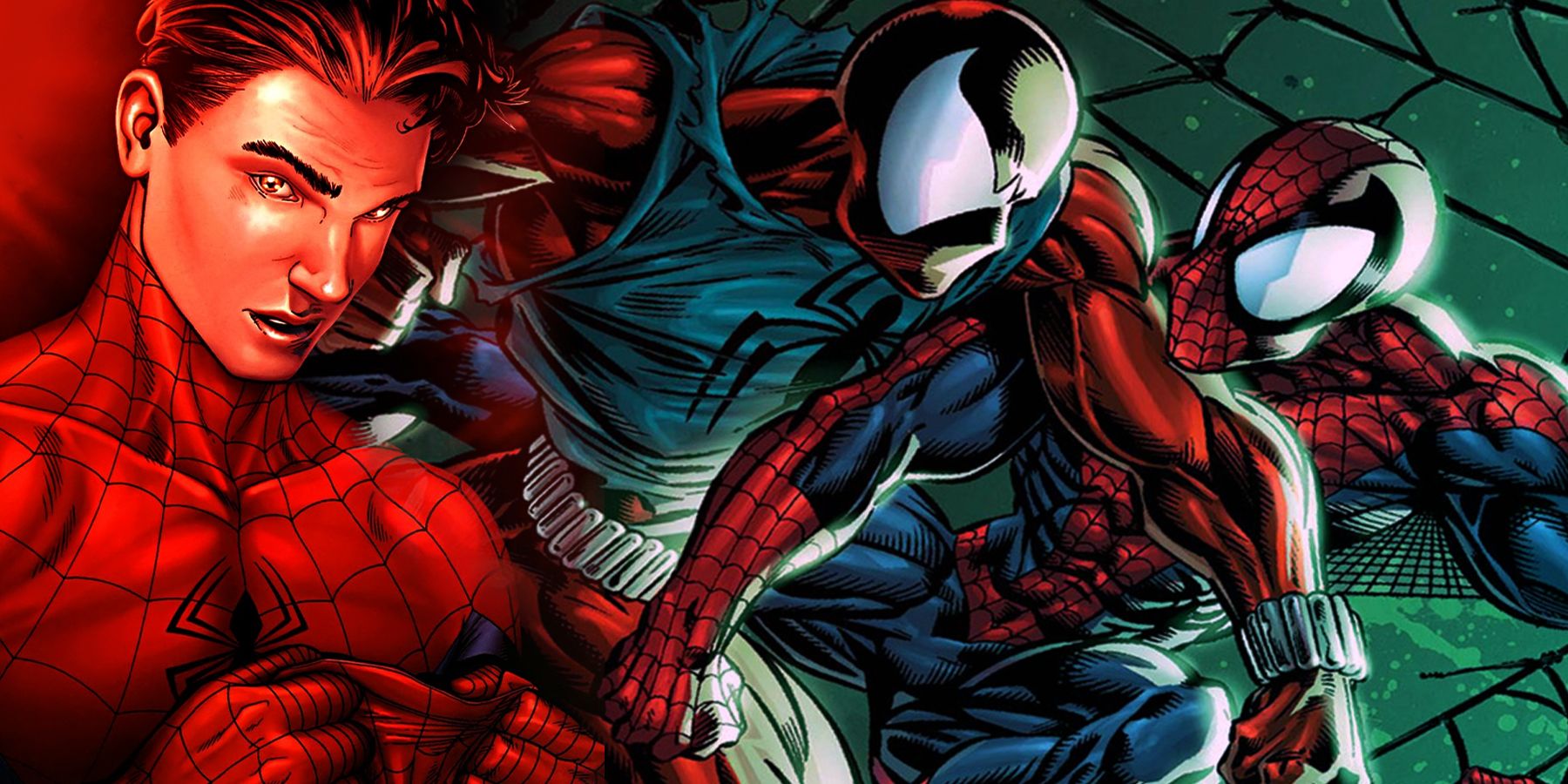
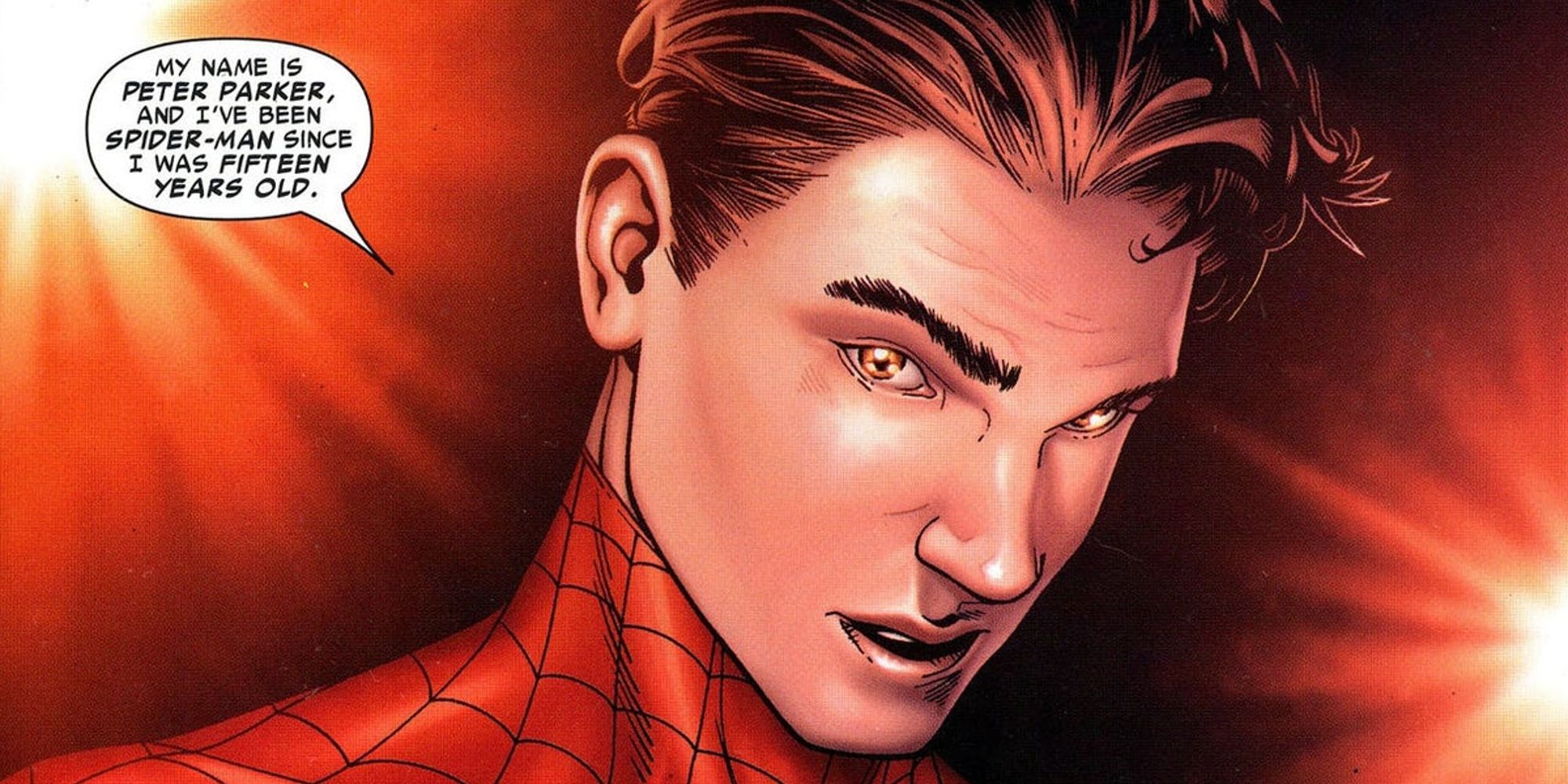
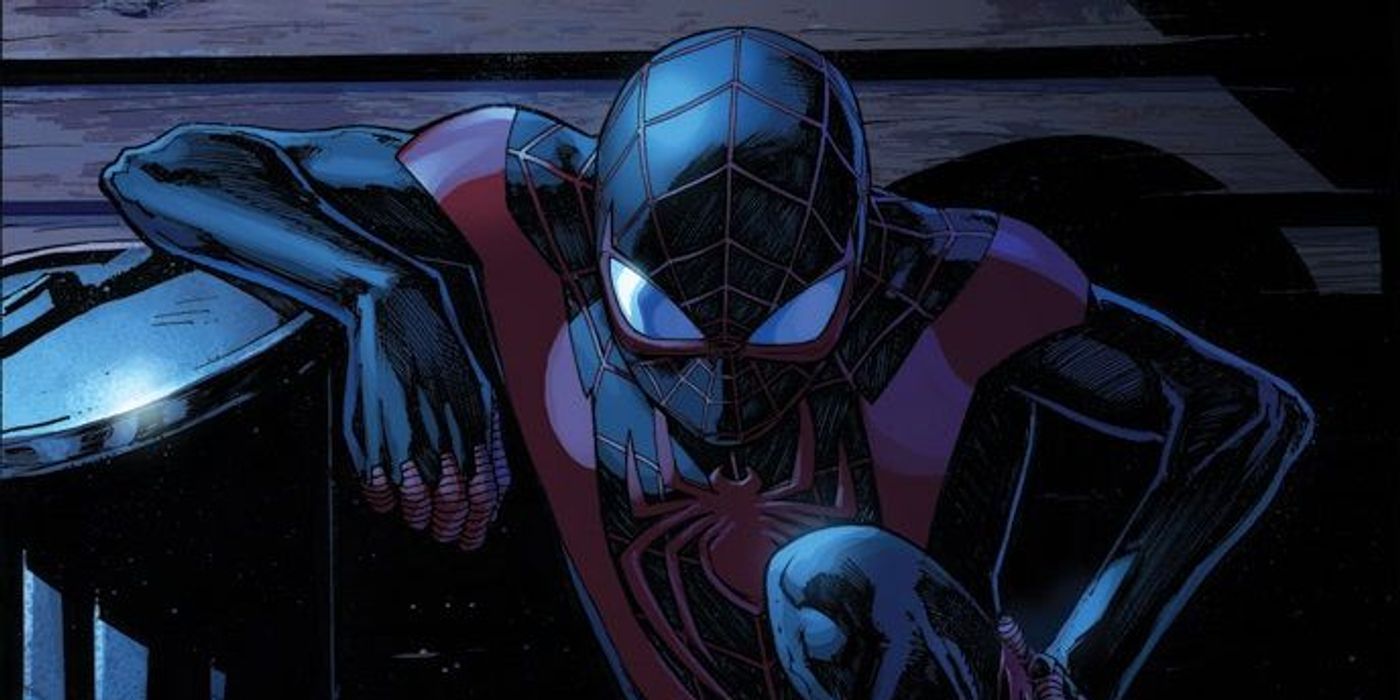
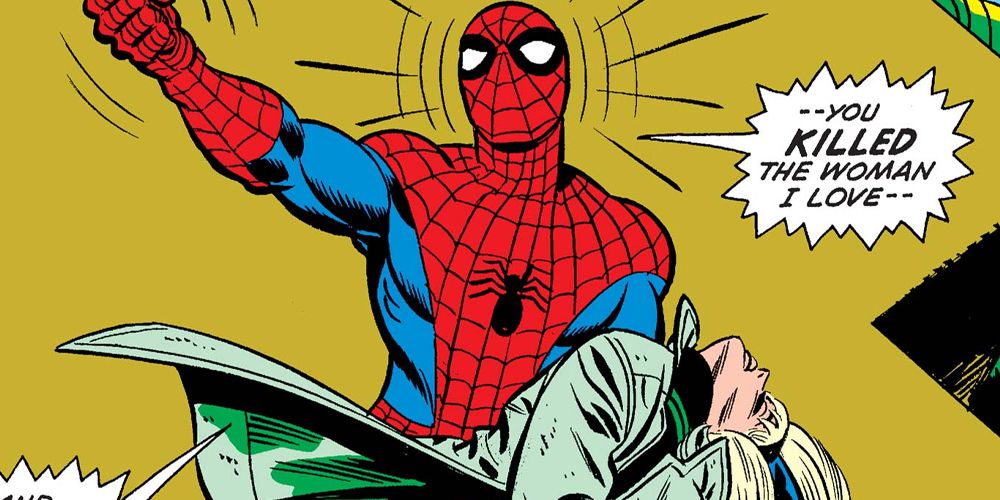
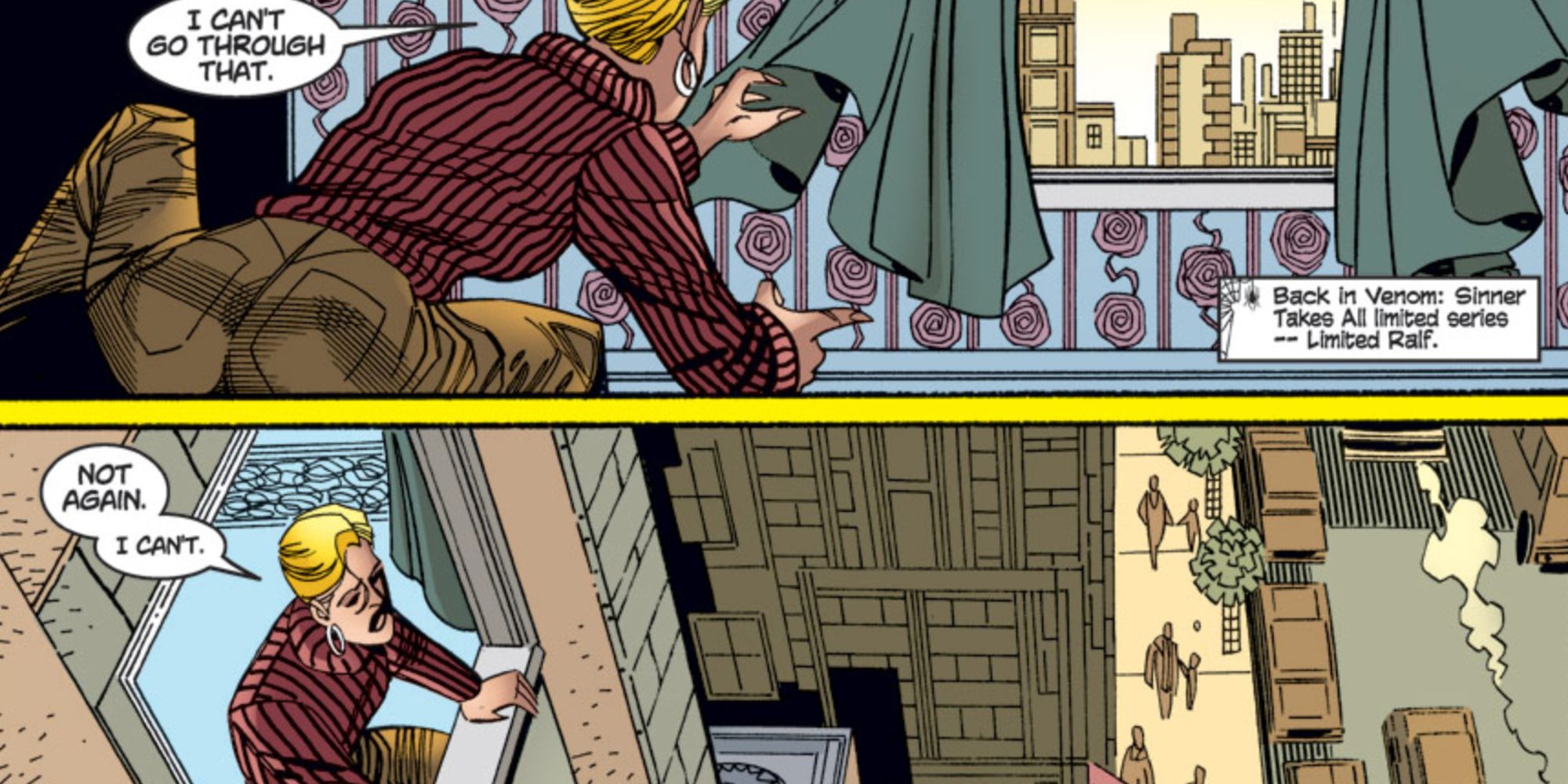
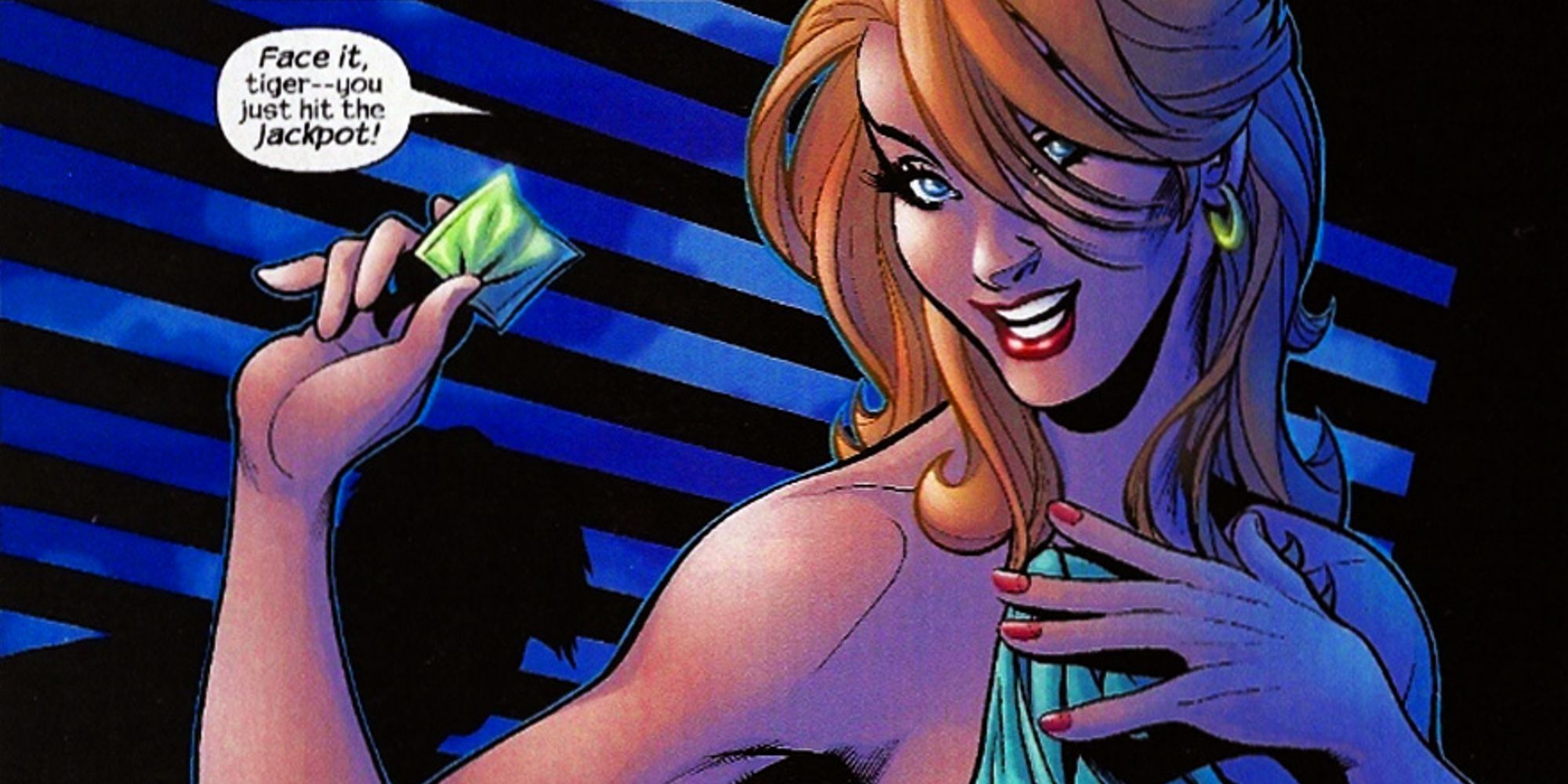
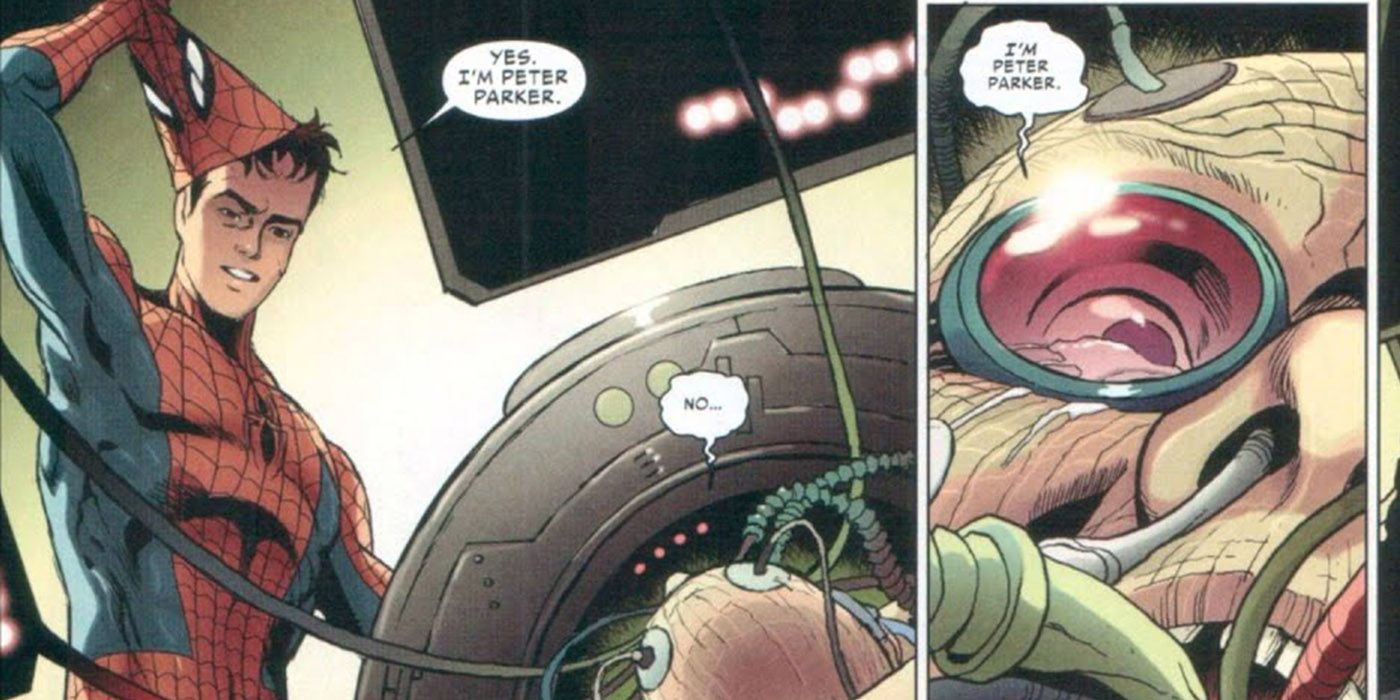
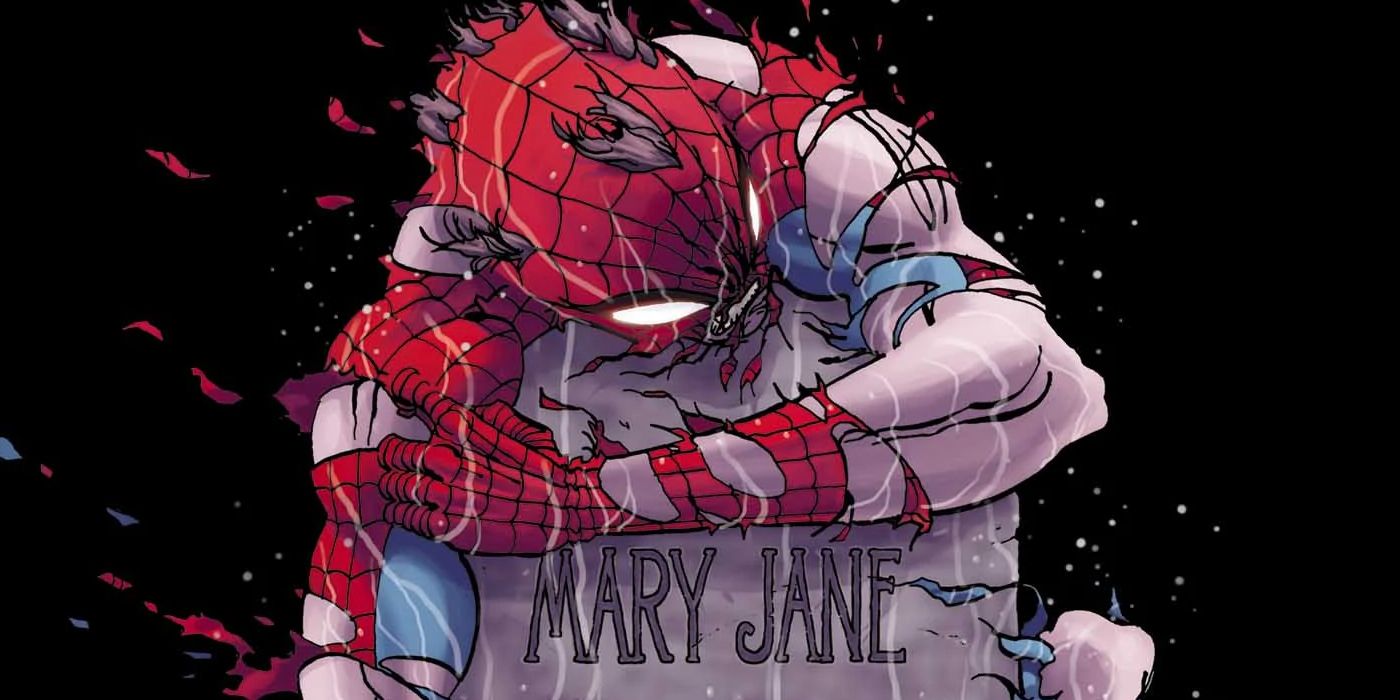
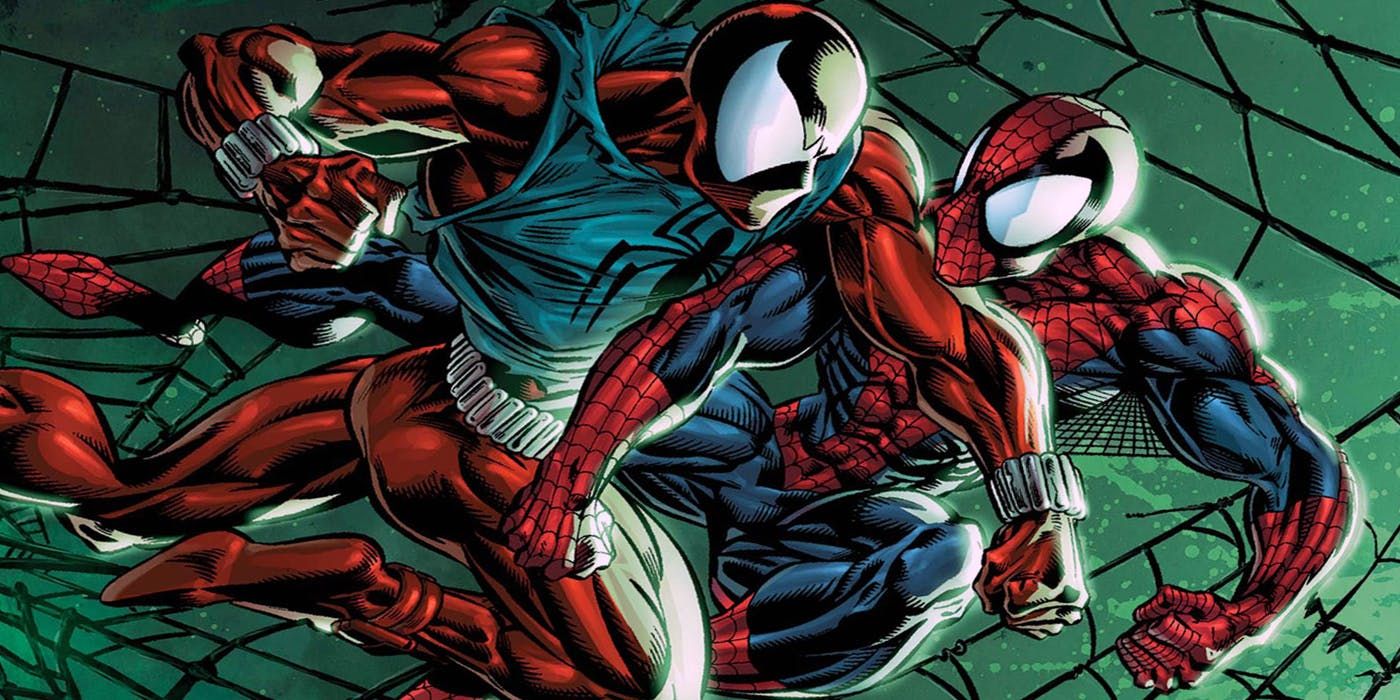
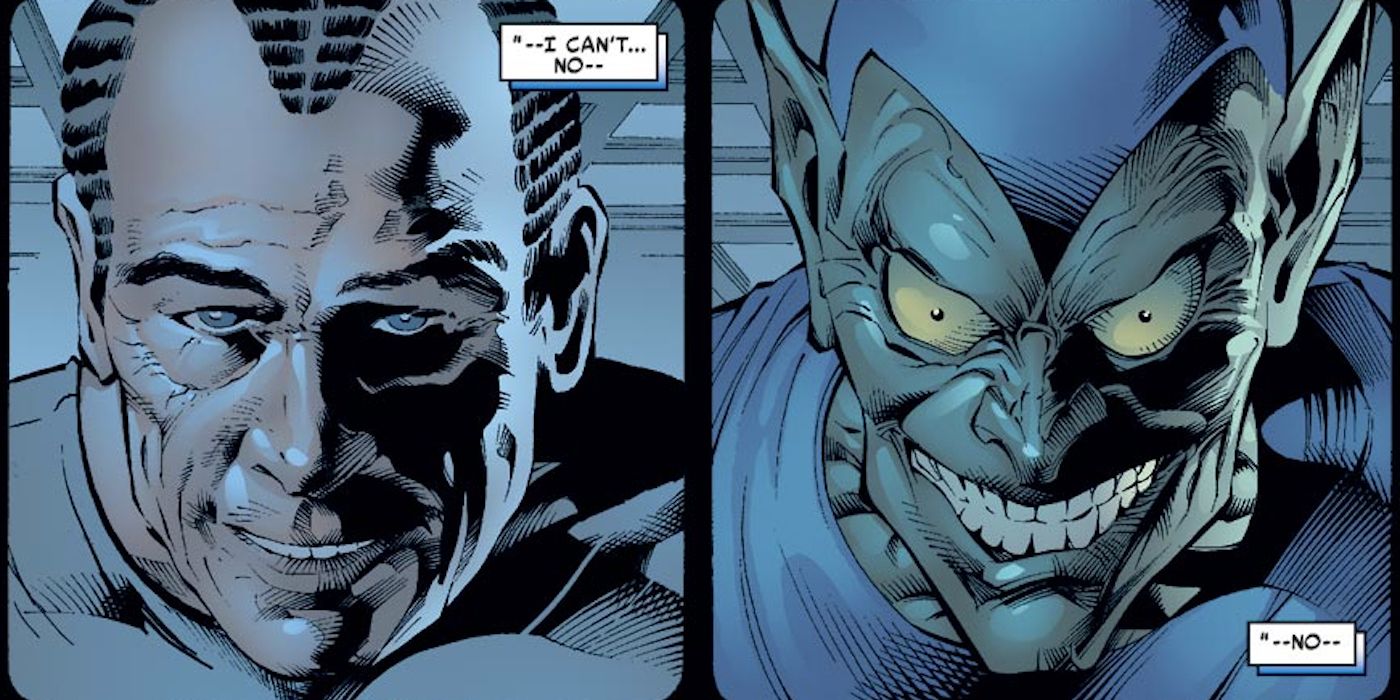
.jpg)